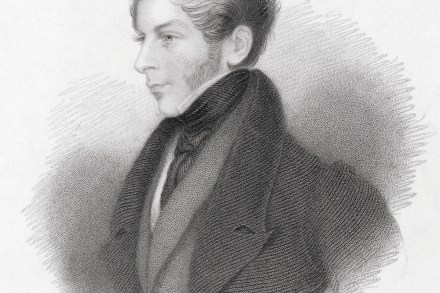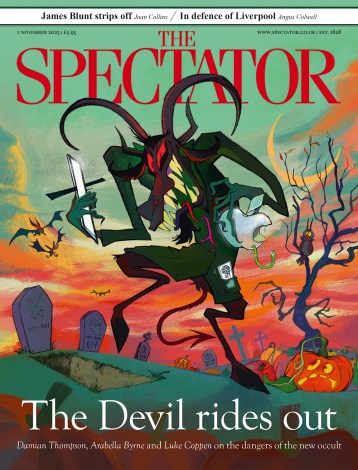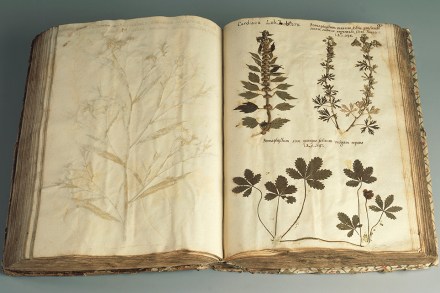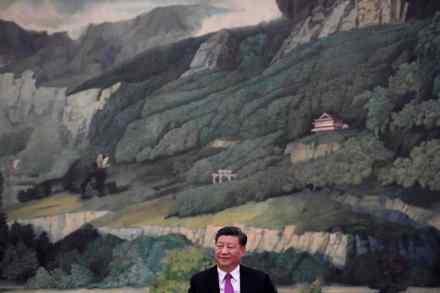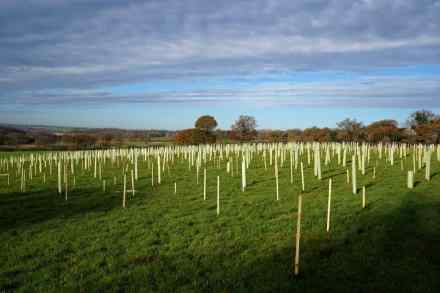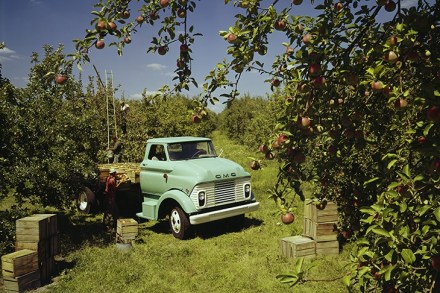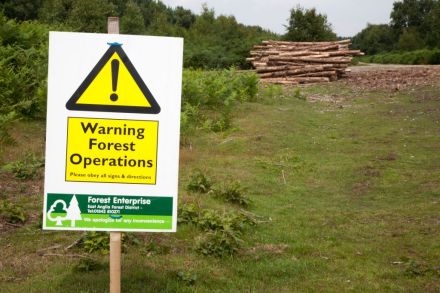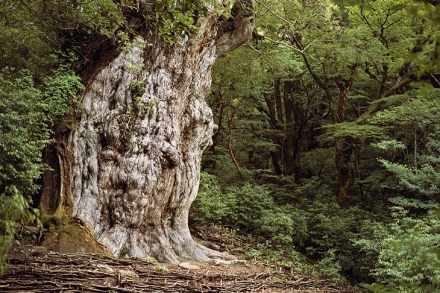My mission to save the elm
Ophiostoma novo-ulmi is not an expression that sits easily at the head of a Christmas Spectator column, so I’ll return later to the unpleasant fungus and disobliging beetle that over my lifetime have been devastating the English elm, and turn instead to one of our most beloved poets offering his own personal homage to his most beloved tree: Old Elm that murmured in our chimney topThe sweetest anthem autumn ever made. John Clare wrote ‘To a Fallen Elm’ in the 1830s: a poem that was partly a lament inspired by his boyhood memories of the English agricultural enclosures. Thoust heard the knave abusing those in powerBawl freedom loud and then
